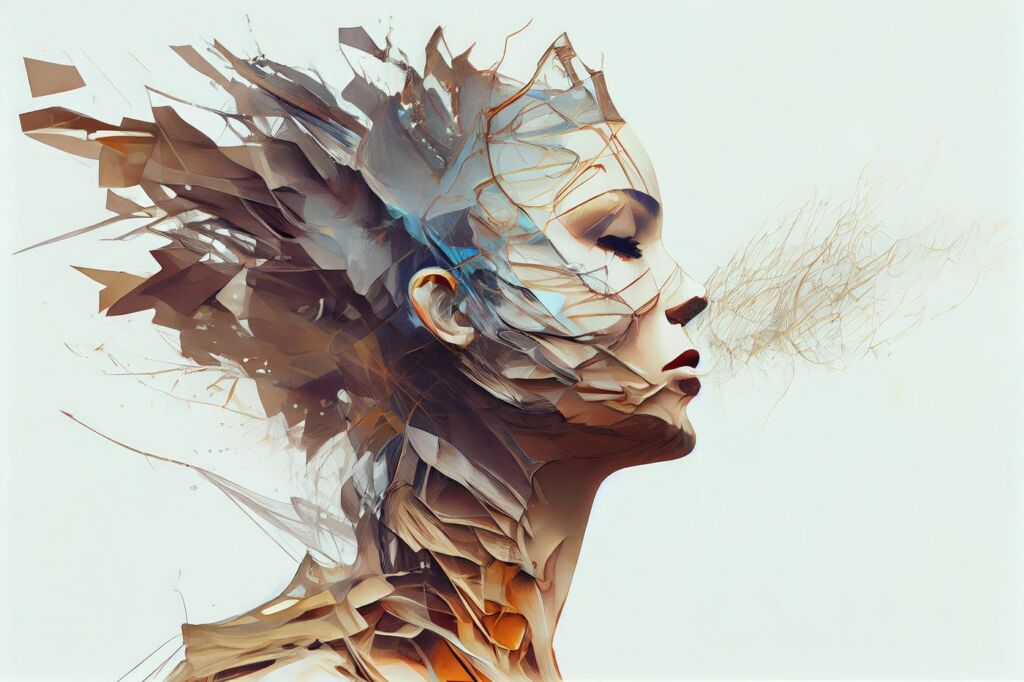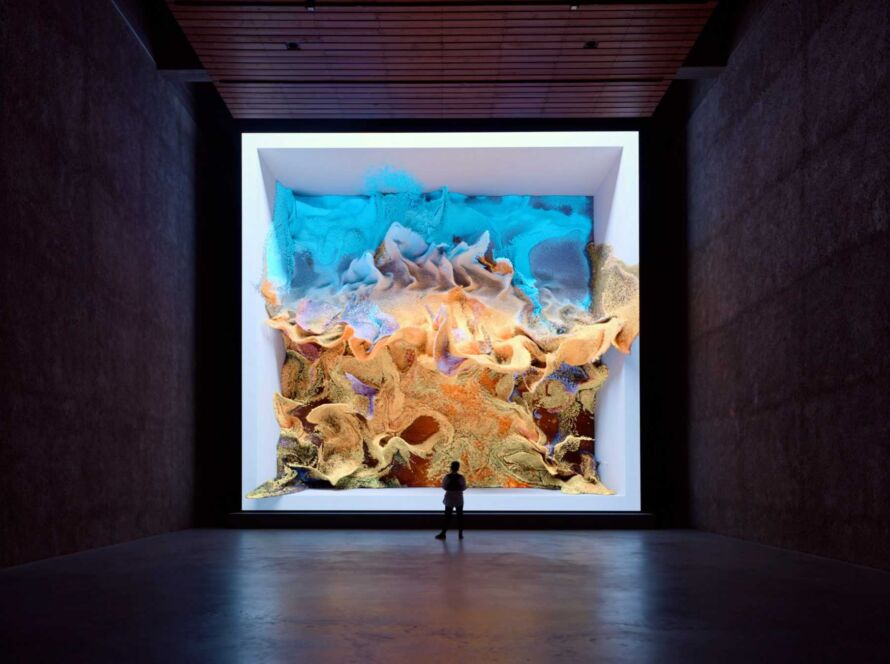Introduction
Art has always been a reflection of the era it was created in, capturing the prevailing ideologies, technological advancements, and societal shifts. This paradigm holds true even today with the advent of artificial intelligence (AI) transforming numerous sectors, including the art world. With the rise of AI art, new avenues for creativity have been unlocked, challenging traditional notions of authorship and creation.
AI’s Involvement in Creativity and Art
AI’s incursion into the creative sphere has opened up a new chapter in the history of art, and “AI art” has become a buzzword in contemporary discourse. Several AI technologies have been instrumental in creating art, two prominent ones being Generative Adversarial Networks (GANs) and deep learning methodologies like Neural Style Transfer.
GANs, for instance, are capable of creating new content by learning from existing datasets. They can produce incredibly detailed and original artworks that are often indistinguishable from those made by humans. A remarkable application of GANs in the field of art is seen in the ai art generator from photo, where AI uses photos to create visually striking and unique pieces.
On the other hand, Neural Style Transfer leverages deep learning to apply the style of one image to the content of another, resulting in a fusion of style and subject that is unique and visually captivating.
To get a real sense of AI’s capabilities in the art realm, consider examples like Google’s DeepDream, which uses a convolutional neural network to find and enhance patterns in images, thus creating a dream-like hallucinogenic appearance. Another famous instance is “The Portrait of Edmond de Belamy”, an artwork created by an AI and auctioned at Christie’s for a staggering $432,500.
Impact of AI Art on the Perception of Creativity
The rise of AI Art has inevitably raised philosophical and ethical questions, challenging our perceptions of creativity. If an AI can create a piece of art that is indistinguishable from a human-made piece, what does that mean for the definition of creativity? These questions delve into the essence of what it means to be an artist and the nature of creative expression itself.
AI Art also ignites debates over authorship. When AI creates art, who is the real artist – the AI, the programmer, or the person who selected the parameters for the AI? This debate stretches beyond just attribution; it also affects how we value and appraise art.
The reception of AI Art varies widely. While some are fascinated by the novelty and potential of AI, others remain skeptical, expressing concern that AI might dilute the human element integral to art. Nevertheless, AI Art continues to gain acceptance, as demonstrated by the booming market for AI-generated prints and paintings on platforms like NFT54.
Potential Implications and Future Directions of AI in Art
The commercial implications of AI Art are significant. As demonstrated by the market for AI art on platforms such as NFT54, AI-created art has considerable commercial value, with collectors and enthusiasts willing to pay substantial sums for AI-generated pieces. Furthermore, AI Art’s potential implications extend to art education and training, with AI tools providing new ways to teach and learn about art.
Looking to the future, it’s evident that AI will continue to influence the art world. Technological advancements could lead to new tools for artists and potentially even new forms of art. It’s intriguing to speculate how these developments will change our artistic landscape and what novel genres might emerge.
Despite the lingering controversies and uncertainties, there’s a consensus that AI is not a replacement for artists. As highlighted on NFT54’s About page, AI is considered a tool, an assistant that enables artists to explore new creative frontiers. The human artist, with their emotions, experiences, and ideas, remains at the core of the artistic process.

In conclusion, the intersection of creativity and technology, as seen in the emergence of AI Art, underscores a transformative shift in our art landscape. With its potential to create, inspire, and provoke, AI is poised to continue shaping the art world in unexpected ways.
However, it’s essential to remember that AI is a tool in the hands of artists and not a replacement for human creativity. As we continue to explore AI Art and utilize AI-powered tools like the AI Art Generator from NFT54, we’re merely expanding our artistic horizons, not replacing the innate human capacity for creative expression.
In summary, the journey into AI Art is a journey into a future where technology and creativity intertwine, opening up exciting new avenues for artistic exploration and challenging our perceptions of what art can be.
Frequently Asked Questions
What is AI technology art?
AI technology art, often called AI Art, is a genre of art where pieces are created with the help of artificial intelligence. It involves the use of algorithms and machine learning techniques to create art, ranging from visual art to music and even poetry.
How is AI affecting creativity?
AI is introducing new possibilities and avenues for creativity. It can generate unique and original content, stimulate new ideas, and assist artists in their creative process. However, it also challenges traditional notions of creativity and authorship.
How can AI be used in the creative arts?
AI can be used in various ways in the creative arts. AI algorithms can generate visual art, music, poetry, and more. They can also be used as tools by artists to experiment with new styles and techniques.
How is AI art considered art?
AI art is considered art because it is a product of a creative process, even if this process is carried out by a machine. It challenges and expands our understanding of what constitutes art, incorporating elements of chance and unpredictability inherent in machine learning algorithms.
What are the benefits of AI art?
The benefits of AI art include the ability to generate unique and original content, providing artists with new tools and techniques, and challenging traditional concepts of art and creativity. It also opens up art creation to a wider audience, as anyone with access to AI tools can create their own AI art.
What is the goal of AI art?
The goal of AI art can vary, but it often involves exploring the creative potential of AI, pushing the boundaries of traditional art, and stimulating discussion about the nature of creativity and authorship. It can also serve as a commentary on our relationship with technology.
What are the advantages and disadvantages of AI art?
Advantages of AI art include the ability to create unique and innovative pieces, providing new tools for artists, and democratizing art creation. Disadvantages can include concerns over authenticity and authorship, potential devaluation of human-created art, and the loss of the uniquely human touch in the art creation process.
Why is AI art so cool?
AI art is considered cool because it represents a fusion of technology and creativity. It challenges traditional art norms, opens up new possibilities for creativity, and can produce stunning and unexpected results. Its novelty and the technological prowess behind it also add to its appeal.
What are the cons of artificial intelligence art?
Some of the cons of AI art include debates over authorship and authenticity, potential devaluation of human-created art, ethical concerns around the use of AI, and the fear of loss of the human touch in the creative process.

